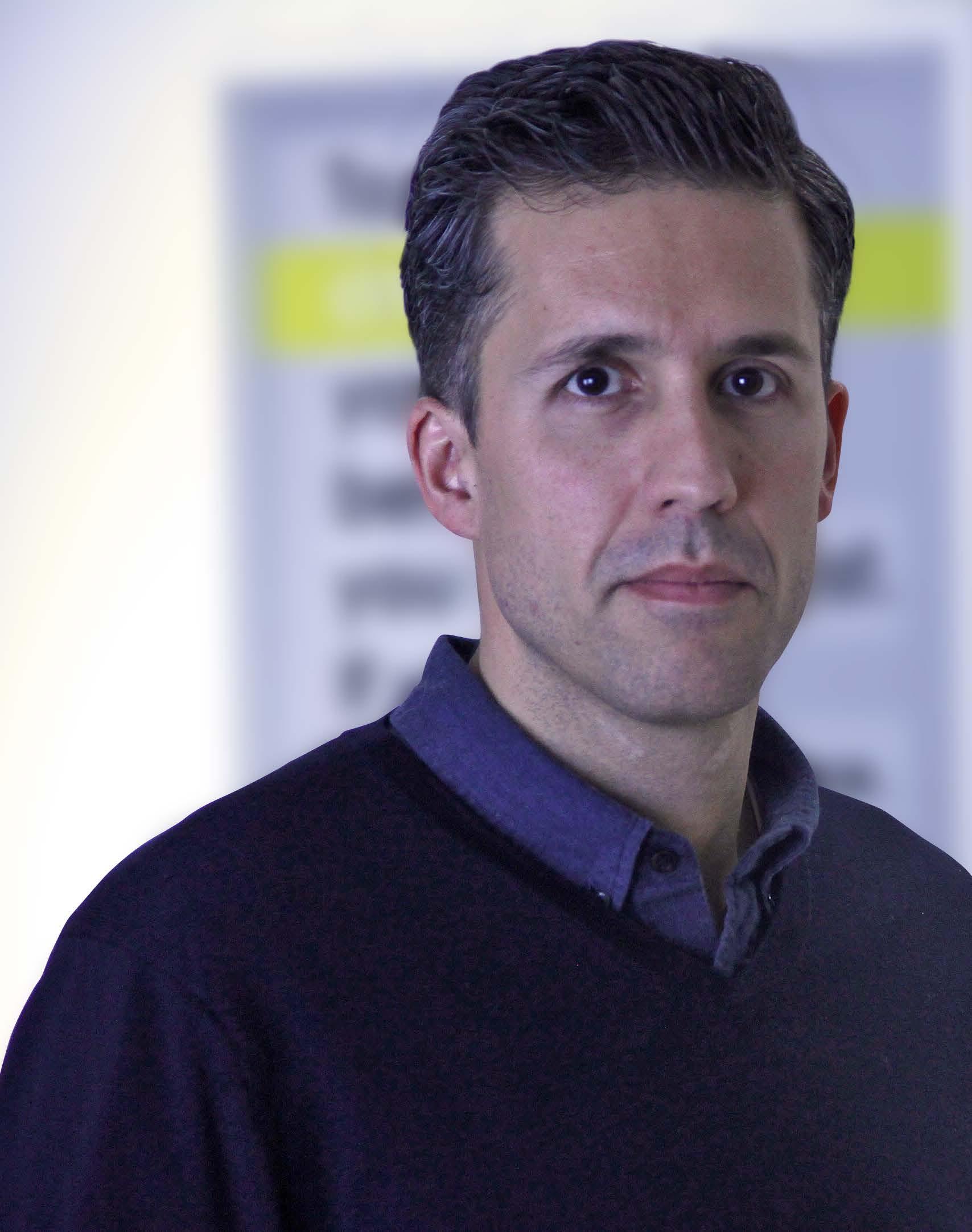
6 minute read
I AM CEDIA
I AM
Richard Colman Luxe Smart Homes
Tell us about how you got to where you are now?
I entered the industry with some experience on building sites through managing projects and renovations, knowledge of working with other trades, and familiarity of how things should look in the end. But the technical side was where I was struggling at the beginning. I visited the Homebuilding & Renovating Show and listened to a CEDIA member talking about smart wiring.
I joined CEDIA as an individual member in 2017 — I think I was the first person to join in that way. I completed as much training as I could at the beginning to get me up to speed. After a bit of work experience, I formed Luxe Smart Homes in 2017, and I was then able to join as a Home Technology Professional member. And this year, I became an Advanced Member. It’s been a very steep learning curve, but I can honestly say that all the education I did has paid off.
So, it’s fair to say that education has played a big role over the last few years?
Absolutely — both CEDIA training and third-party courses. But what I also take away from education sessions is the contacts that I make. At this one, I was next to a guy who has been installing cinemas for 20-30 years. He was toe-to-toe with the trainer, and my mindset was: “This is where I want to get to.” We swapped numbers as I said to him that if I had any cinema projects, I’d look to bring him to support me on the install.
This is how you can get more out of training that you initially think.
What have been your priorities over the last two years?
I’m coming into my third year now as a CEDIA member. The first year was all about education, and the second year was about completing the COI course. With some CPD experience under my belt, I’ve decided to reach out wider than just architects, interior designers, and property developers. I now also focus on builders and electrical contractors. There are some big local electrical contractors who need to have a specialist for what I do. With architects, you could be looking at a two- or three-year journey before a job comes out of it, and it can be difficult to keep that contact going for so long. I previously did a LinkedIn campaign to build my connections with architects, but nothing came from it. A year later, I got a message from one of them saying, "I've got this project and it's really large, it's 15 acres, and the clients want some tech." So, it is important to connect with this audience, but you also need to think about linking up with professionals who will have immediate projects for you to work on, not ones much further down the line.
CEDIA
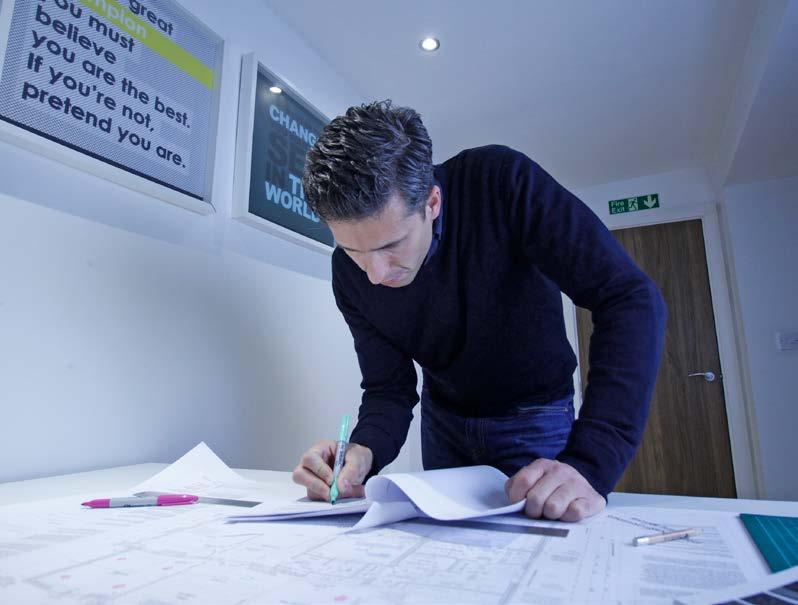
What has surprised you about this industry? I thought that a lot of IoT devices would be the products for the technology integrator. I now know that this isn’t the case — we don’t install that type of product. However, they do whet the appetite of the public. You get technology enthusiasts who want to go up to that next step of working with a professional for an integrated solution, and these are the ones who have the purchasing power to do so.
I’ve heard people talk about the do-it-for-me market and have seen companies that just go down that model. I don’t think it’s sustainable, as you’ll have a huge base of customers who could potentially call you up because something’s not working. It might be for something as frustrating as their phone being on silent and they could not hear the doorbell ring.
How do you balance the installation work with running the business?
I bring in subcontractors to help me do what I would say is the heavy lifting, while I do all the design, programming, and maintenance work. This model works well for me: I’ve found that there are experienced professionals with capacity to take on extra work between projects, so I can tap into a healthy talent pool when required. I’ve found a trusted group of subcontractors through Instagram and through meeting people at various training courses.
Who is your target market?
I'd say my target market is 55-years-old and over. This audience has grown up with technology — TV sets, videos, DVDs, printers, computers, and Windows 95 and 98. They are usually successful by the time they get to 55 and living in a nice house. They've got no time for the pain of setting technology up themselves. They'll quite happily bring someone in to take that pain away.
This older demographic has made big decisions in their life and are now ready to just enjoy it. Their kids have moved out of their rooms, and guess what, there’s now an opportunity to put a home cinema in one of them.
How do you demo to your clients?
I use the AWE show apartment to demonstrate a cinema setup. I am a Control4 dealer, so when I want to demo their systems, I bring clients to my own home or to similar previous projects I have worked on. (EDITOR’S NOTE: AWE is a UK AV distributor that’s created two cinema rooms for integrators to use for customer demos.)
How do you think your clients would describe you?
Reliable, approachable, genuine, and has integrity. I always deliver on time, to budget, and in the agreed timeframe. I've never worked with a client who's not been happy with what I’ve achieved for them. Even with the difficult ones, I’ve kept going until they’re happy. Going the extra mile for clients pays off the long run. I've experienced it.
What would you say is your unique selling proposition?
It's the closeness in the service that I offer, and the high level of work that I do. I am selective as to who I will work for. I want to maintain my USP, so I tend to not travel further afield for work. I've learned to find the clients who I want to work with.
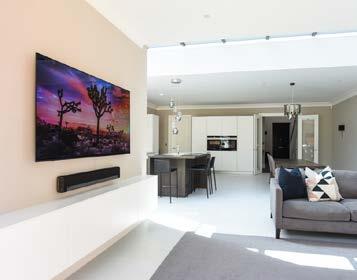
Why is CEDIA membership important to you?
If you can say that you are a part of a professional body and certified by this global trade association rather than just someone who knows “stuff,” these other professionals — designers, architects, builders — are more likely to have a conversation with you, pick up the phone to you, or read your email.
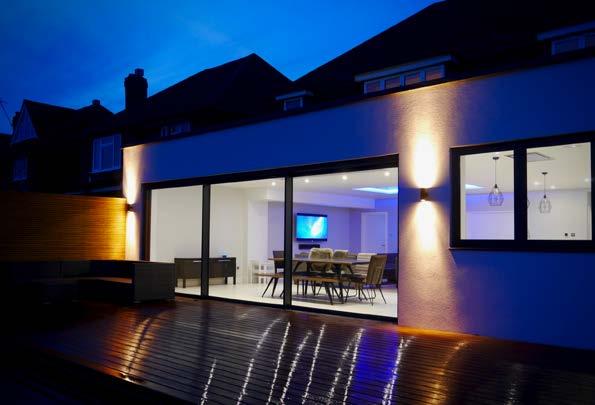
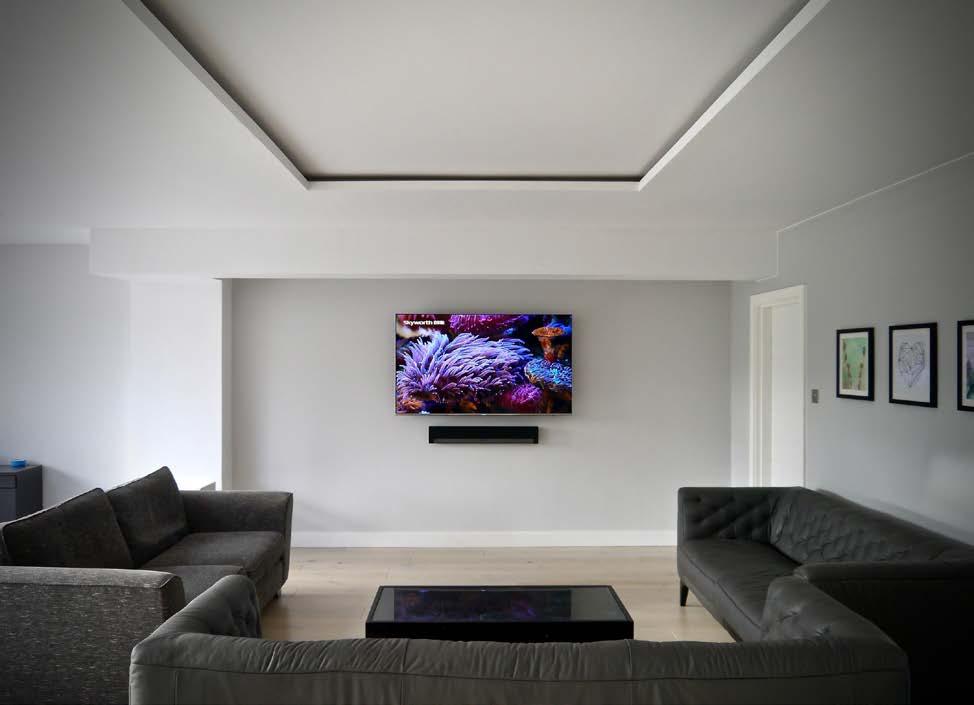
important to have a work-life balance.
I've had some coaching along the way, and that's all been really positive. The metrics that I’ve seen of where I've been going, what I've been doing, and the leads that I'm getting, it's all going in the right direction — I’ve already completed 32 projects. Hopefully it'll continue and in a couple years' time, I’ll be telling you more of the same, but bigger.
I'll be honest, I'm living the highlight. I'm not looking back at anything that I've done thinking, this isn't right, or this isn't how I wanted it to be. At every stage, I’ve been progressing forward, and that is what’s driving me as I can see the hard work is paying off. Because I've worked in the banking industry in the past, I'm hardwired to a 60-hour week and I enjoy working those hours. But it is
What would you have said to yourself when you started that you now know?
That's a good question. I would’ve said throw yourself into this industry even earlier than I did, as when you do, you either sink or swim, and I was always going to start swimming.
luxesmarthomes



